 Asset Publisher
Asset Publisher
HUNTING
About 60% out of 618 species of vertebrates found in Poland live in forests. Civilization has undermined the immemorial balance of nature and rules of forest ecosystem. It influences also the animals living there. That is why, nowadays, animal stock, ways of nursery, as well as preventing damage caused by game are regulated by law, both Polish and European Union law.
There are seven hunting zones under the supervision of Gubin Forest District (4 forest zones and 2 field zones). Currently the hunting zones are hired by hunting association:
● „Zając" Chlebowo - zones no. 141 and 142,
● „Lis" Gubin - zones no. 154/155,
● „Krzyżówka" Gubin - zones no. 172
● „Dzik" Grabice - zones no. 173 and 188.
The hunting zones no. 172 and 173 are field zones, supervised by the local authorities - district governor.
Hunting management in the Forest District is oriented towards sensible stock management in the whole area of its occurrence.
Gubin Forest District runs a rational hunting management, adapted to conditions of local ecosystems.
 Asset Publisher
Asset Publisher
 Asset Publisher
Asset Publisher
HISTORY
HISTORY
In 1286 the town of Gubin made a trade transaction that benefited the town and its growth for centuries, becoming its main source of income. The residents of Gubin have bought the Tholmer village, together with all its rights, outbuildings and adjacent land, from Henry the Illustrious. Although the village had been destroyed by the Husites, it was surrounded by valuable forests and meadows. The village was located around present-day Dzikowo, 8 km east of Gubin. Over the centuries, the purchase of the land proved to be a more and more valuable investment. It was a beginning of municipal forest growing on picturesque hills. The purchase was a well-founded move as the town could only expand to the east then (other directions were managed by monasteries).
In 1726 the residents of Gubin lodged a complaint on the authorities of the town on the matter of mismanagement of the municipal forests. The complaint had to do with allowing many villages to pick wood from the forests and the profit that could have been much higher. After the intervention the authorities limited wood picking (to two days a week) and made it available only for the residents of Gubin. In 1822 a forest deputation was created to manage the forest (it included the mayor, a member of the council and four residents; later also a head forester).
On 25 May 1830 a powerful storm has passed through the town and the forest. Around 140 thousand trees were blown down. The effects of the storm were visible for 10 years. The wood from the trees that were blown down was used for repairs of damaged buildings. In turn, in 1840 huge fires has hit the forest.
After that period, the forest management became more profitable and all the town districts were developing thanks to wise decision of the then mayor Bothmer. Dzikowo Forest District headquarters was built and the first forester obtained an office apartment. In the next years Gubin was hit by a few insect plagues. Many residents had to fight the plagues and thousands of marks were spent to fight it. In 1888 exploratory drillings were made in the forests in search for brown coal, however, the results were insignificant and unprofitable. The Municipal Forest District Office in Dzikowo was open until World War II. Its building was demolished in 1999 because of modernisation of a national road.
The area of around 6000 ha of municipal forests was divided into 6 forest rangers area in those times.
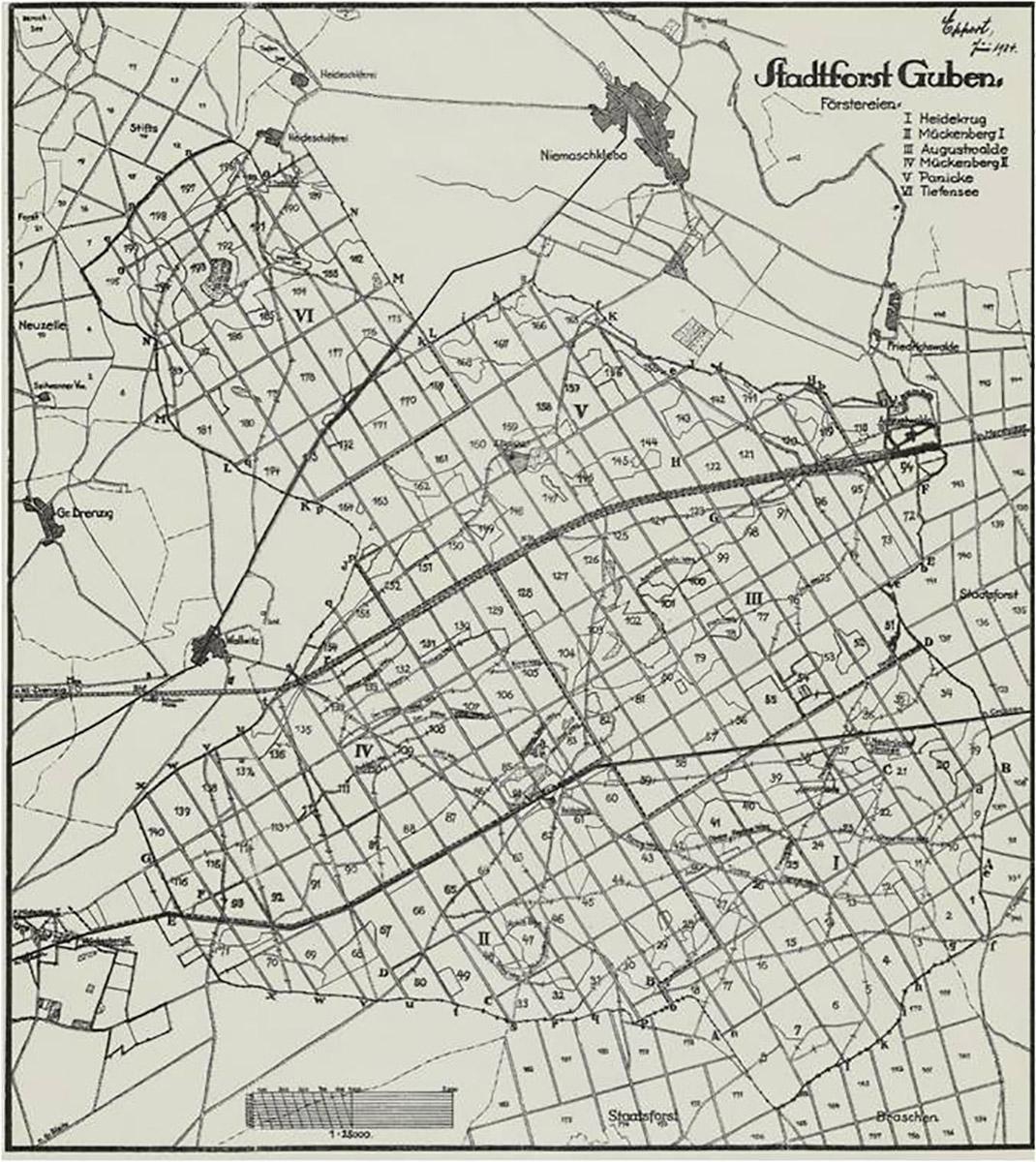
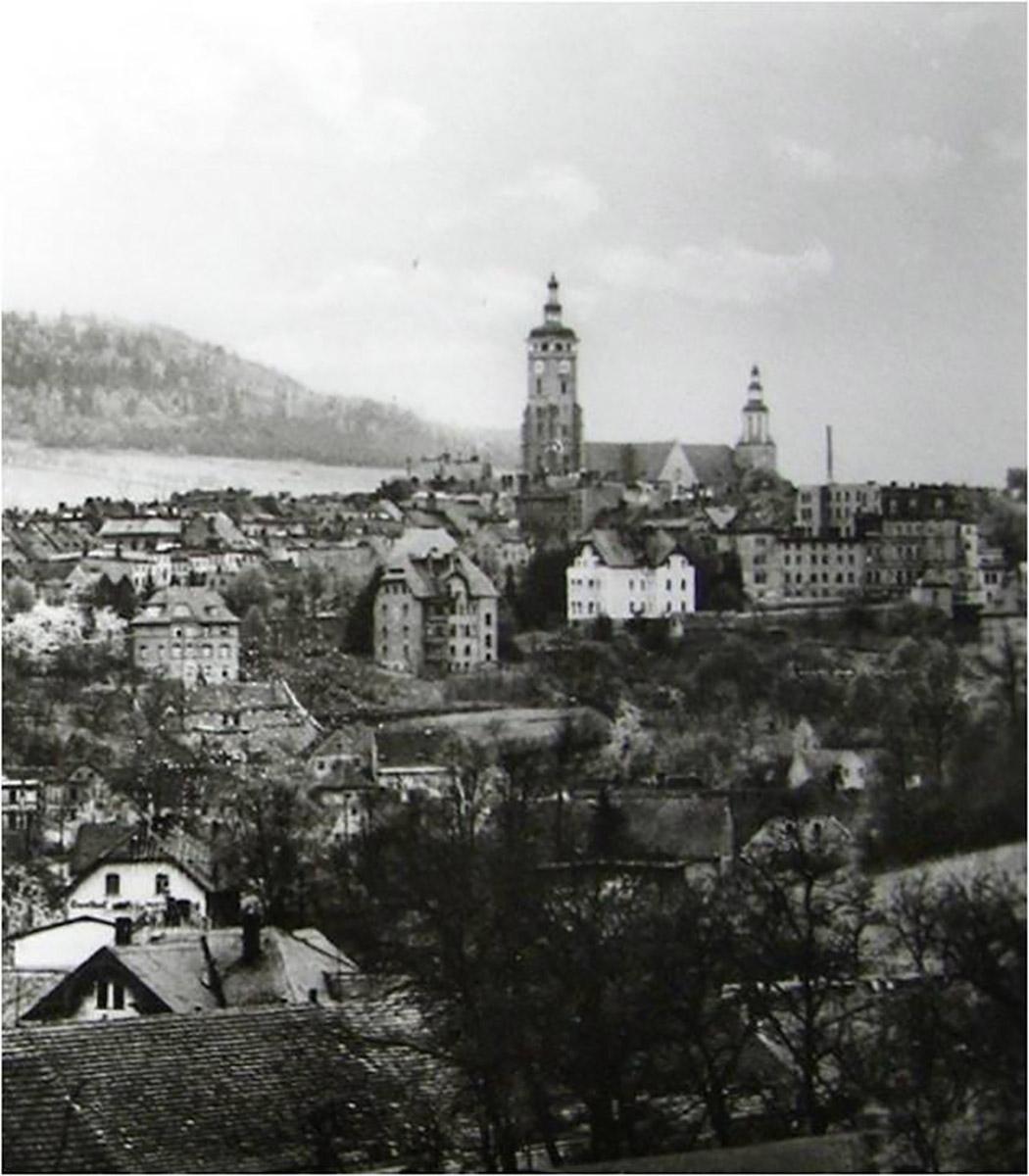
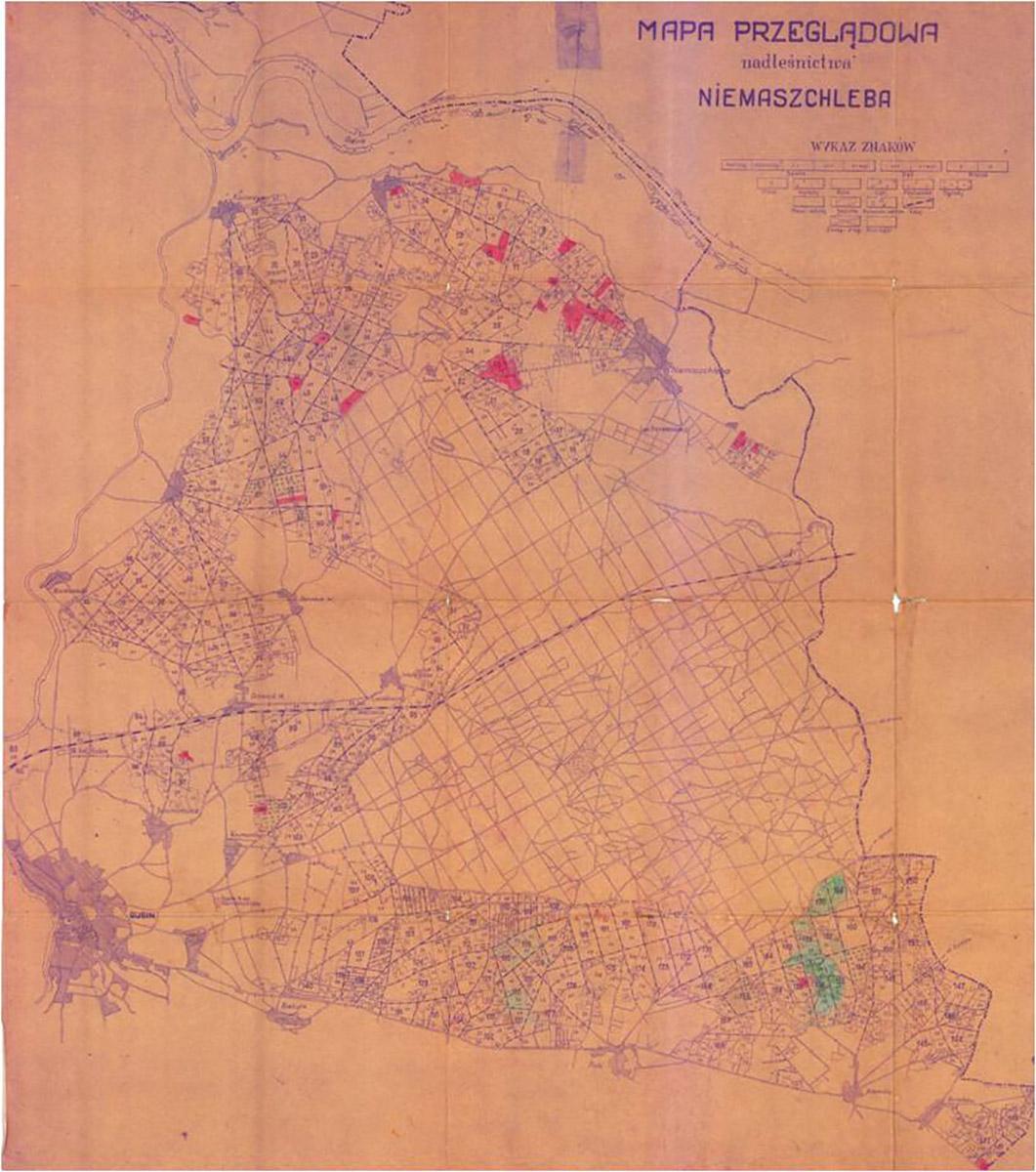
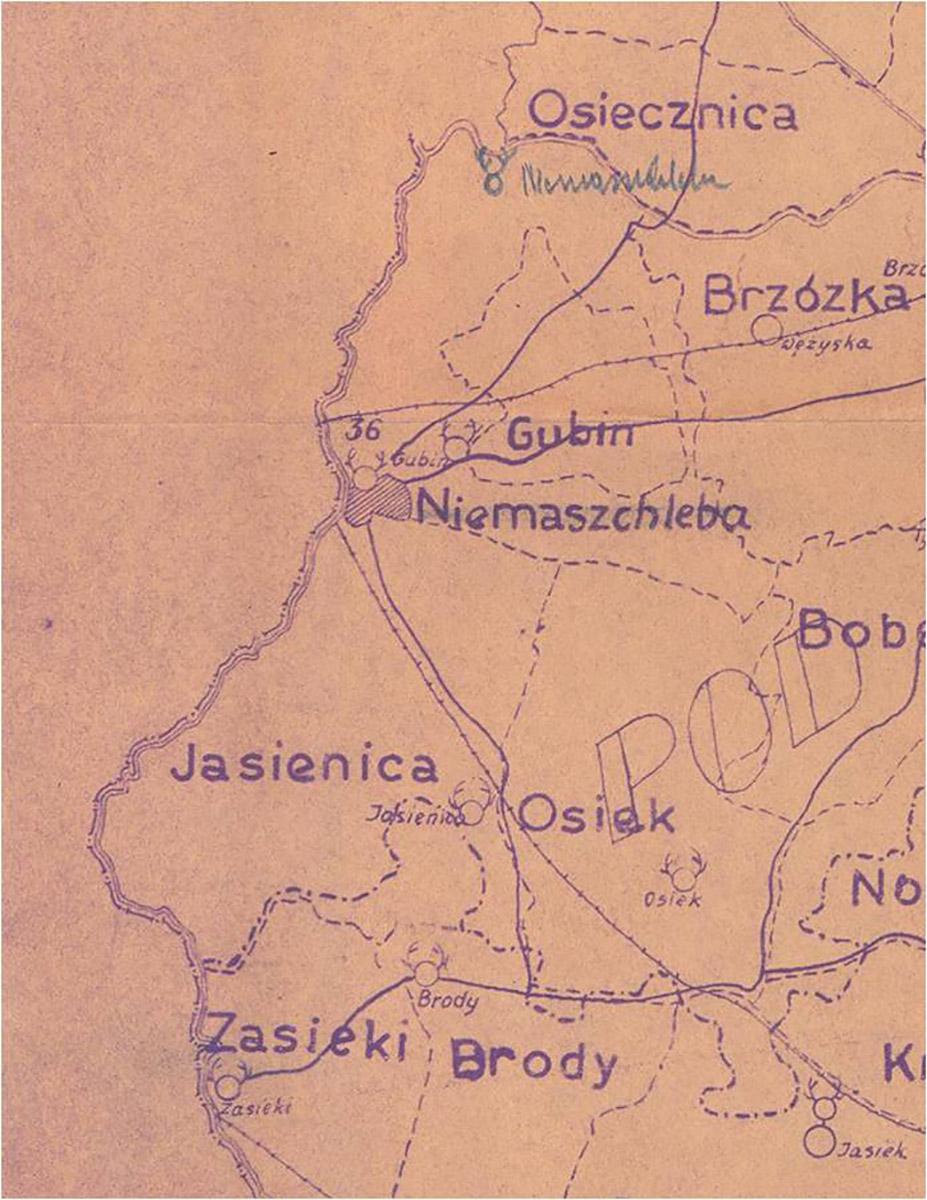
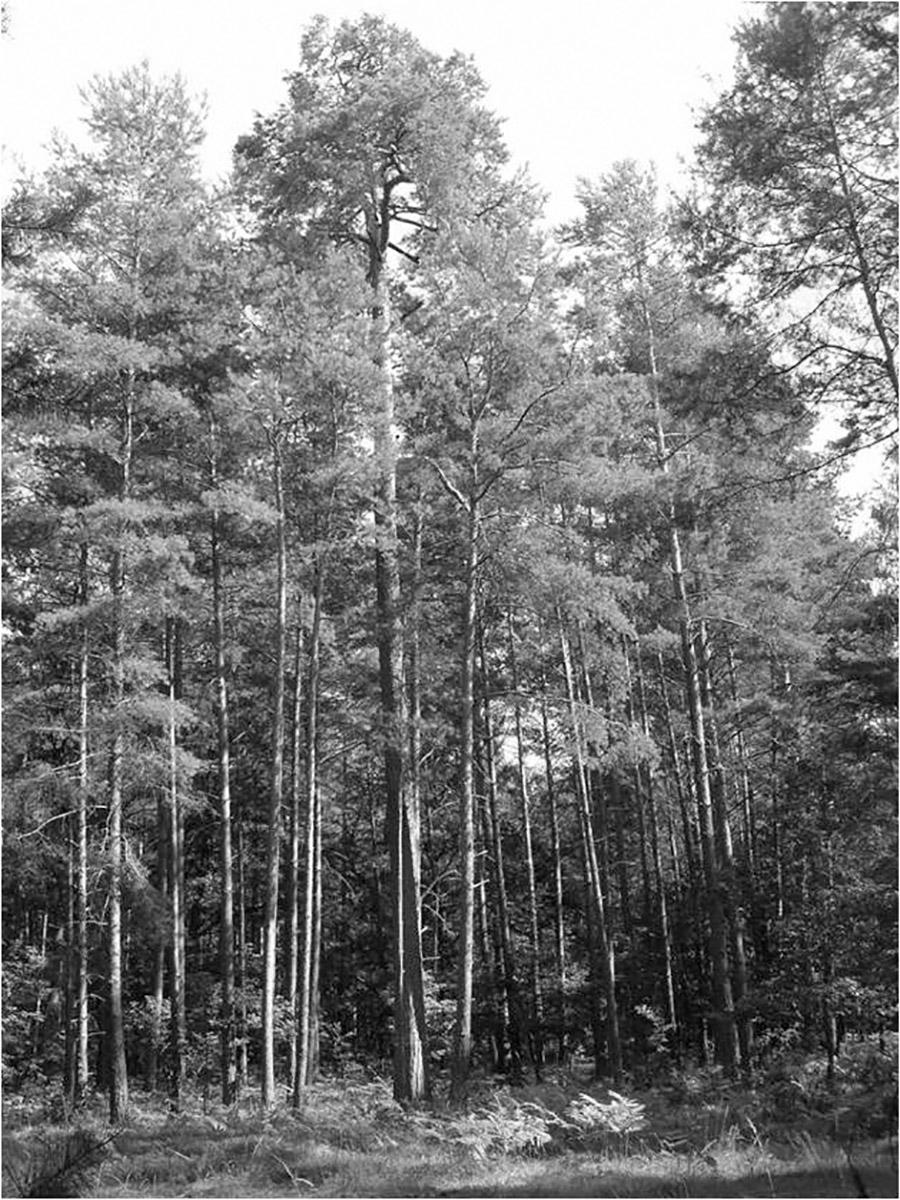

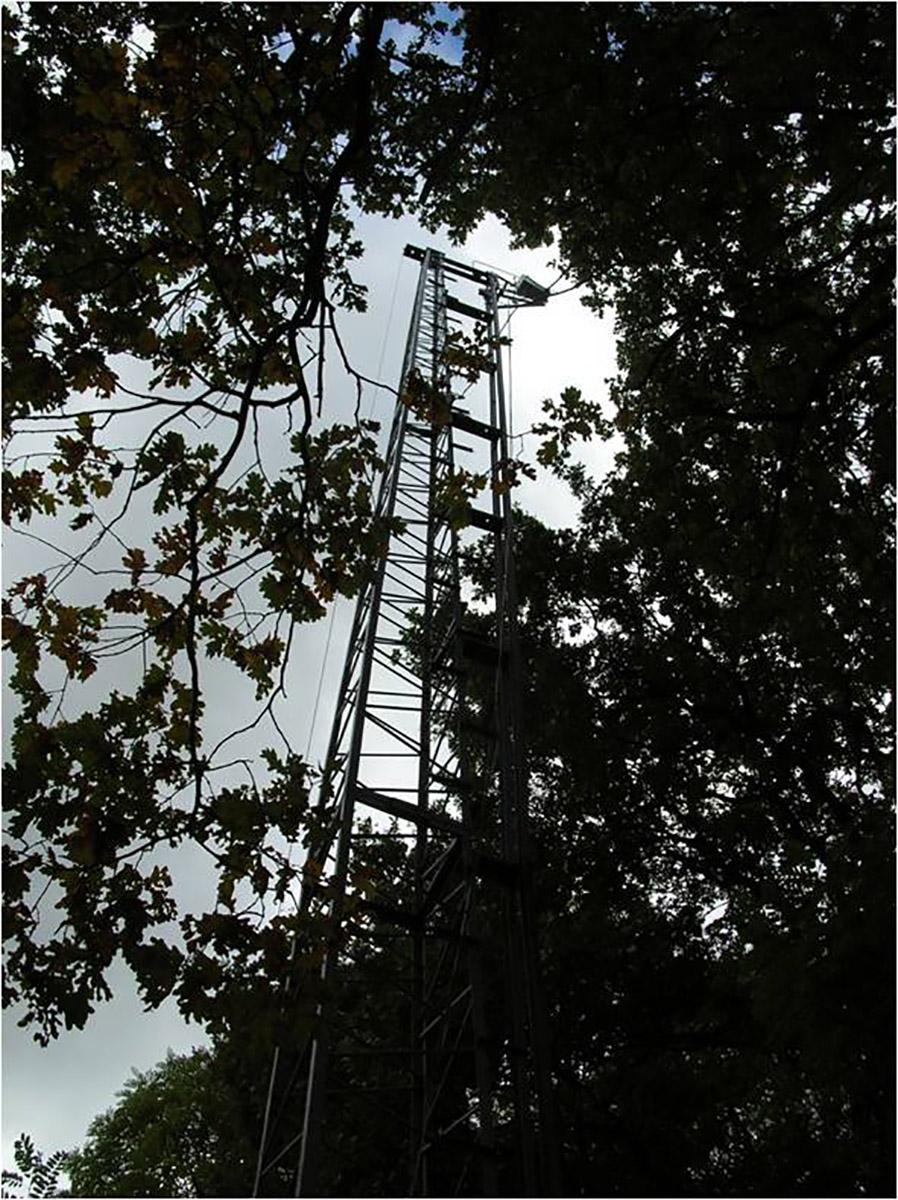

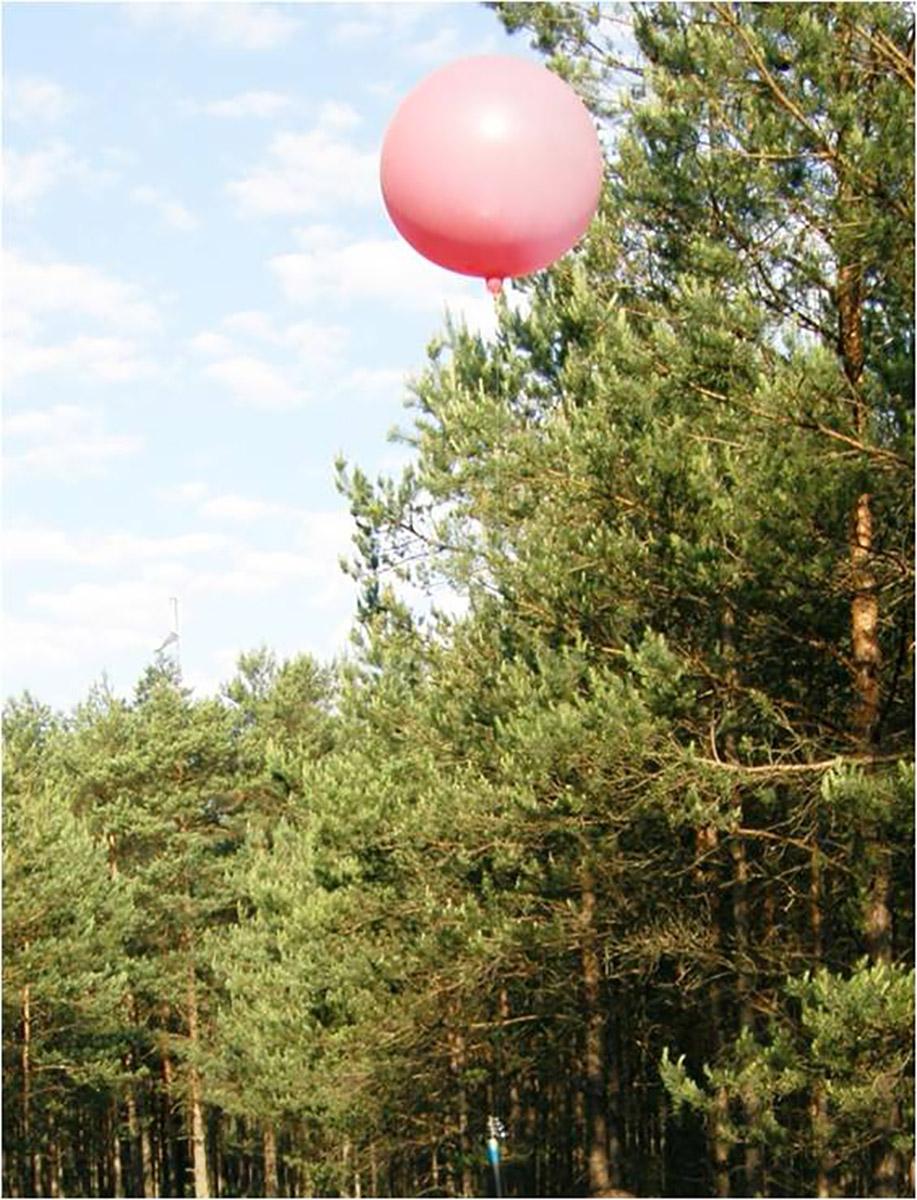
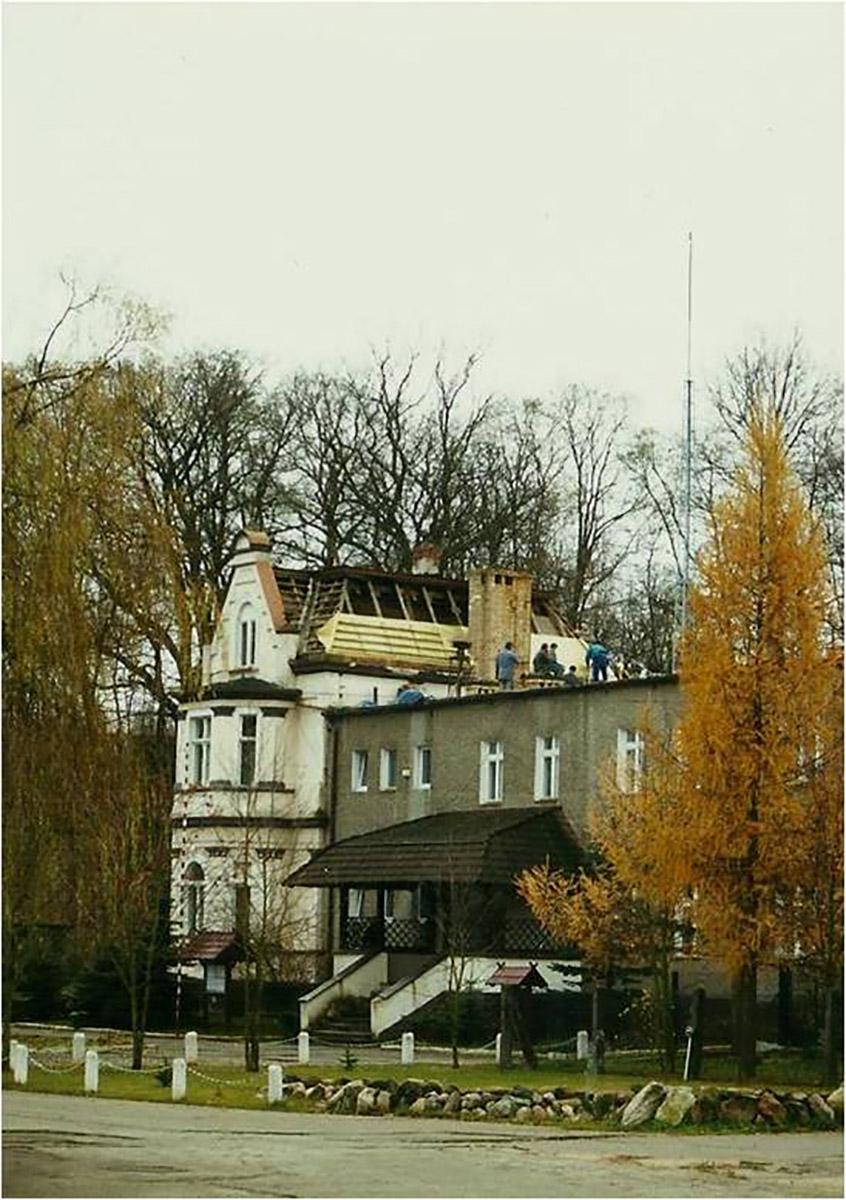

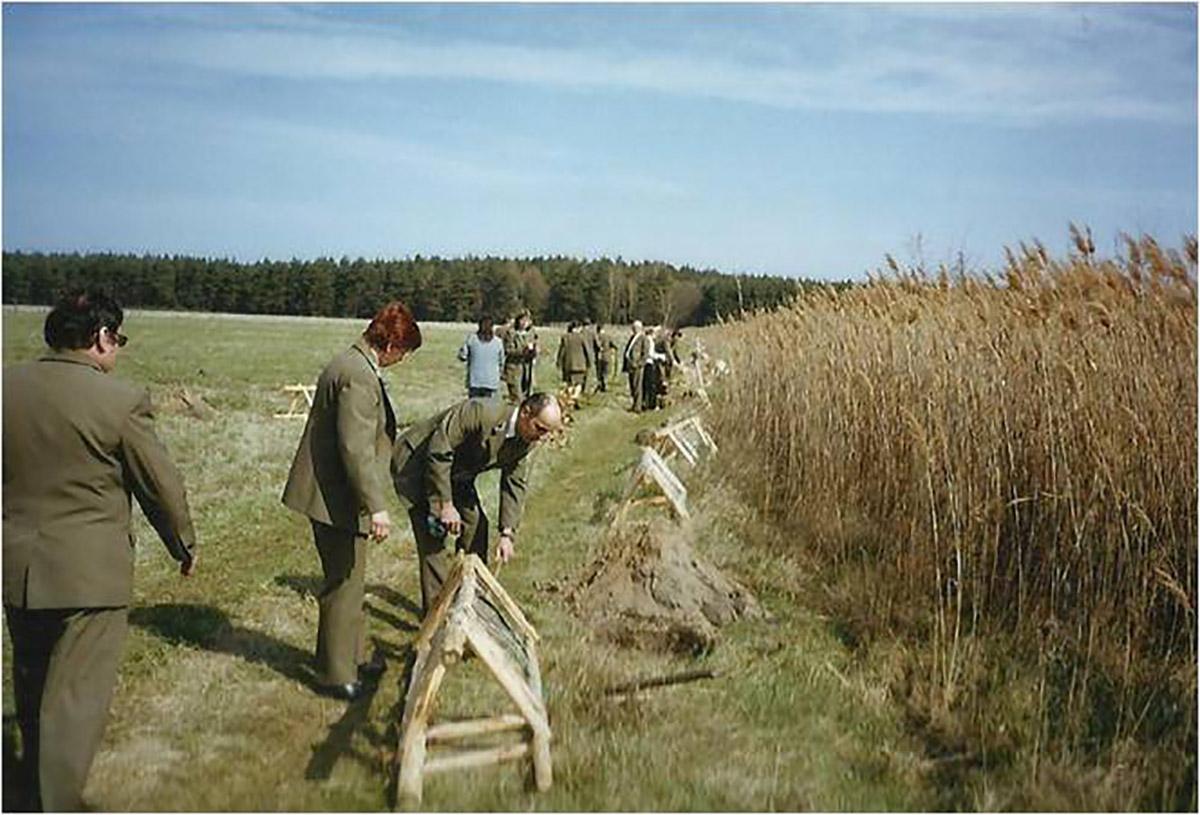
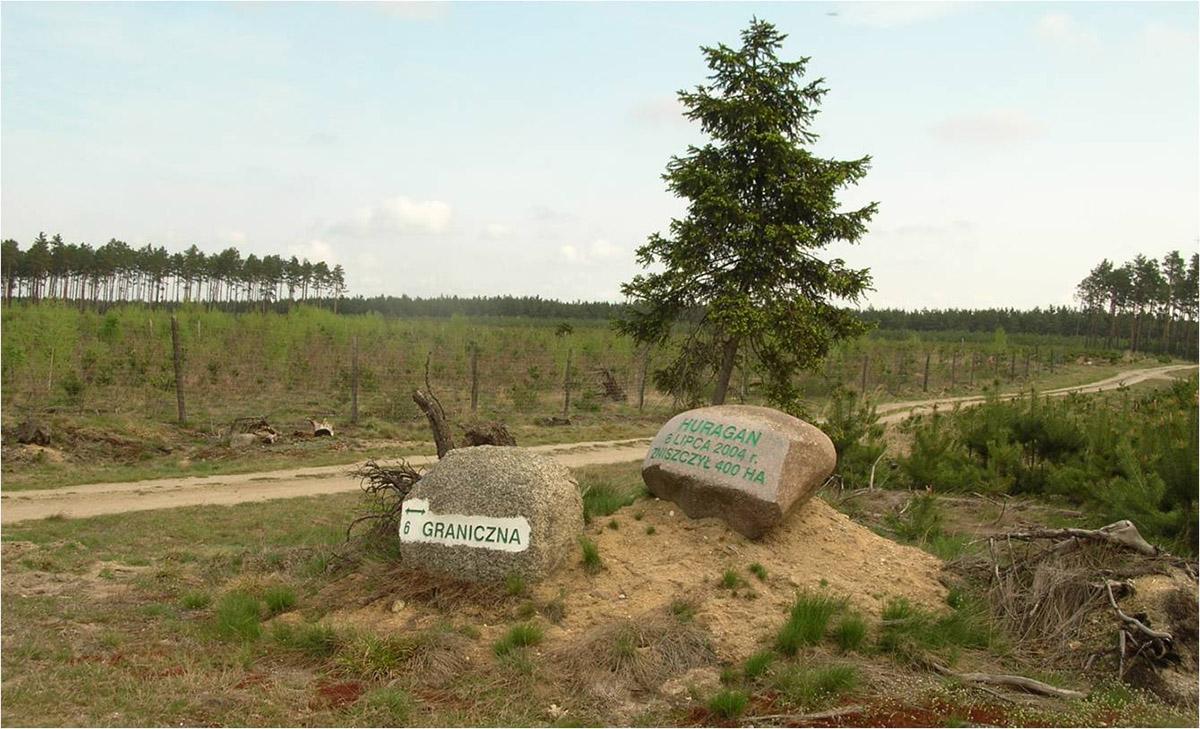
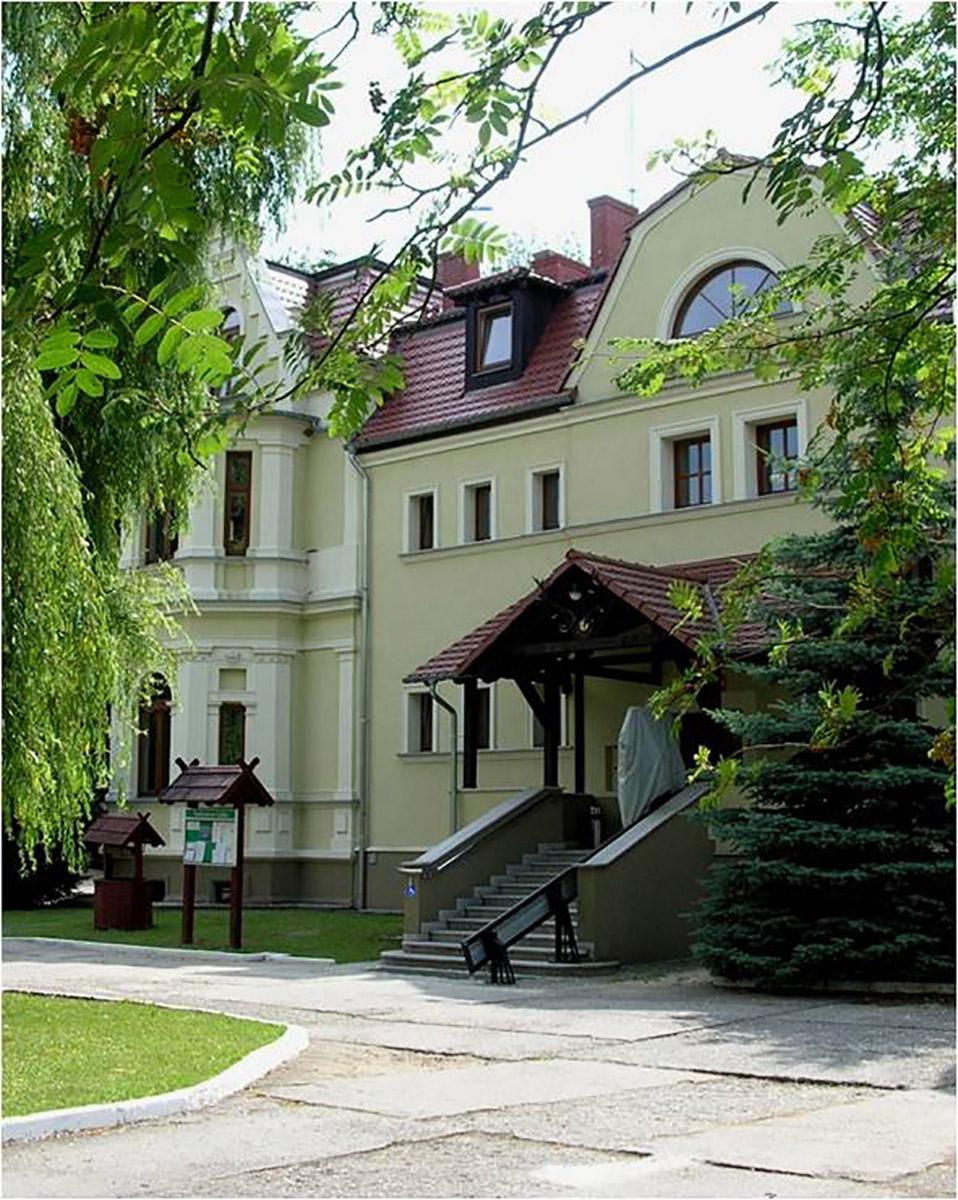


 Łowiectwo, fot. Jerzy Malicki
Łowiectwo, fot. Jerzy Malicki






